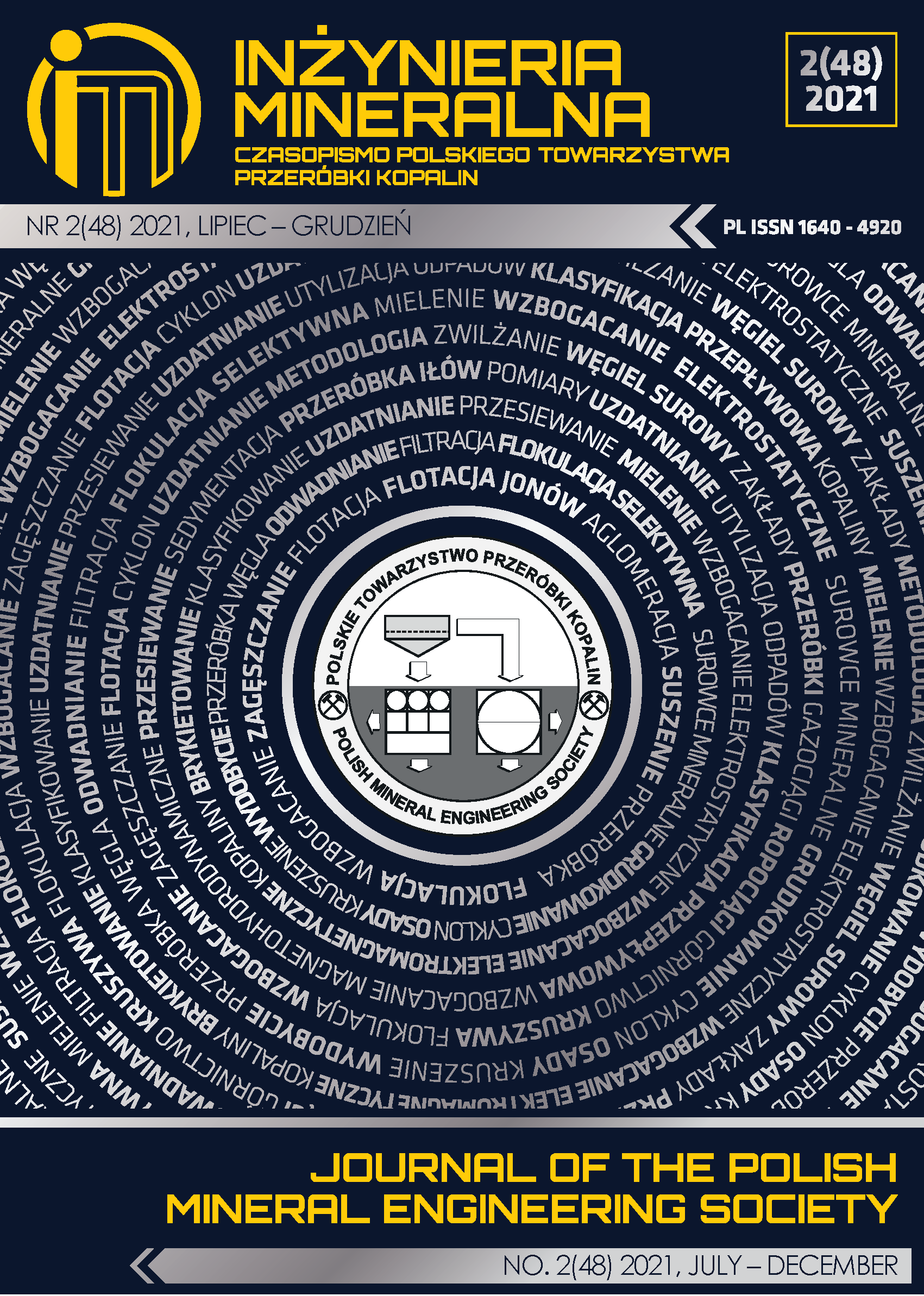Research and Solution Proposals to Optimize Distribution Power Grids in Smart Grid Condition
Abstract
Smart Grid is a concept for transforming the electric power grid by using advanced automatic
control and communications techniques and other forms of information technology. It integrates
innovative tools and technologies from: generation, transmission and distribution. This also includes
consumer appliances and equipment. This concept integrates energy infrastructure, processes, devices,
information and markets into a coordinated and collaborative process. All allowing energy to be generated,
distributed and consumed flexibly and efficiently. However, the Smart Grid with the integration of
distributed generation itself also creates a several disadvantages. There can be problems with: stability
and reliability, relay protection, isolation and operational isolation in which the problem is to create a
burden on the distribution grid when transmitting electrical energy sources. Optimizing power flow and
bringing high operating efficiency on Smart Grid conditions is an urgent issue. This paper focuses on
researching and proposing solutions for optimal calculation of power flow on Smart Grid. The paper has
researched, and analyzed calculation solutions to optimize power flow and proposed to use the Lagrange
multiplier method. The study performed calculations for a typical Smart Grid model with three distributed
generations. Calculation results have shown that the role of the method is to fully perform the optimal
calculation of the power flow on the grid. This is in order to reduce power loss and energy loss as well as
increasing operational efficiency while improving power quality in Smart Grid conditions.
Copyright (c) 2021 Trung Son PHAM ,Dinh Tien NGUYEN ,Quang Thuan NGUYEN ,Quang Khoa DANG

This work is licensed under a Creative Commons Attribution-ShareAlike 4.0 International License.
This journal permits and encourages authors to post items submitted to the journal on personal websites or institutional repositories both prior to and after publication, while providing bibliographic details that credit, if applicable, its publication in this journal.







.png)
